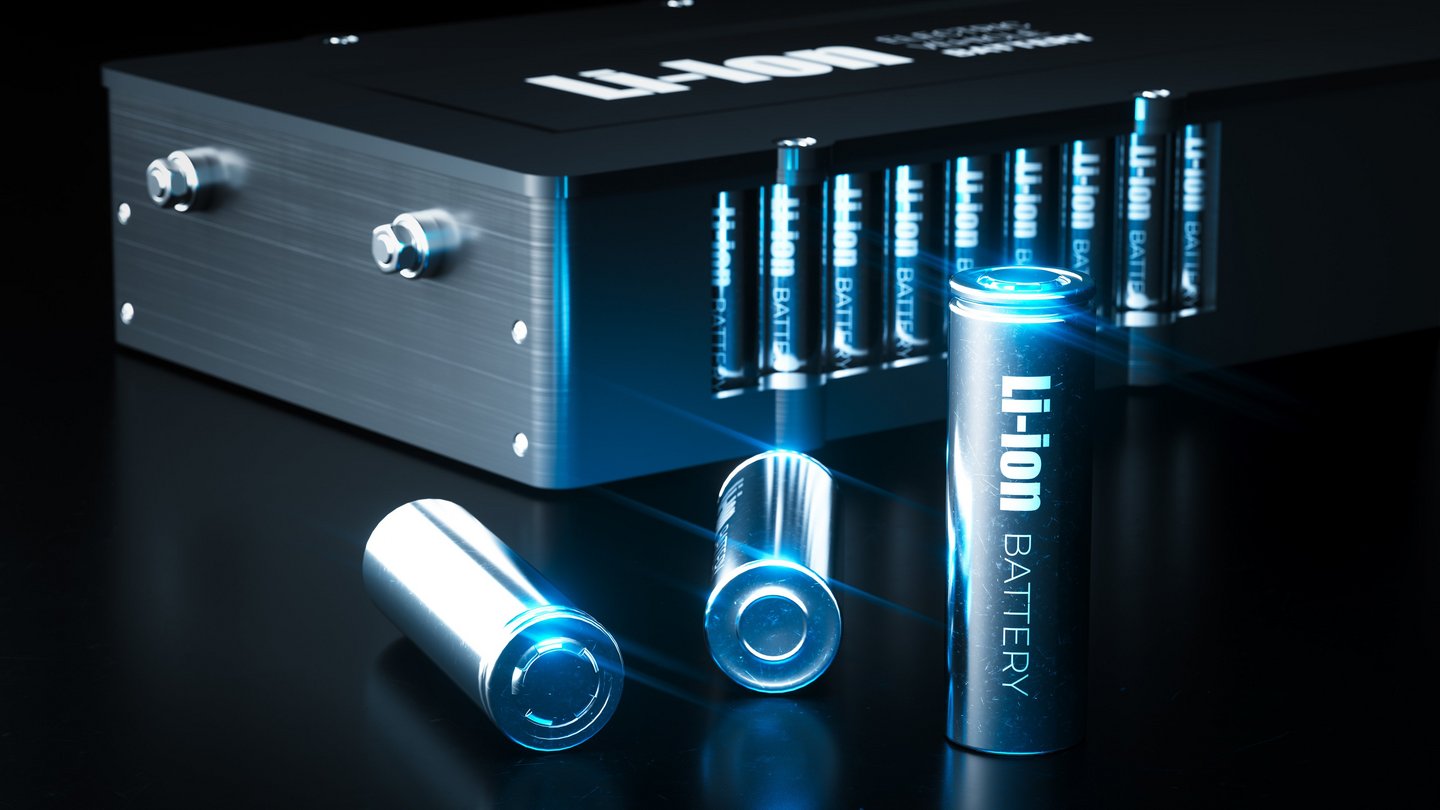Until now, long-lasting batteries were mainly based on lithium, a sought-after and laboriously obtained light metal. But it doesn't have to stay that way: sodium-ion batteries, for example, are already well developed, but store slightly less energy than lithium-ion batteries. Calcium is also a good alternative, as it is approximately 2,500 times more common than lithium worldwide. Calcium-based energy storage systems could certainly match the storage properties of lithium-ion batteries. But until now, these batteries only worked at temperatures above 75 degrees Celsius. For the first time, researchers present in the journal Nature a calcium-air battery that is stable even at room temperature.
Lei Ye from Fudan University in Shanghai and his working group achieved this goal thanks to the battery's intelligent construction and a special liquid electrolyte. For the anode, the researchers coated an extremely fine fiber made of pure metallic calcium carbon nanotubes. From a distance, they surrounded this fiber with a braid, also made of carbon nanotubes and acting as a cathode. They filled the space between the two electrodes – fiber and shell – with a specially developed electrolyte based on an ionic liquid and calcium bistrifluoromethanesulfonimide salt, or Ca(TFSI) for short.2 called.
High capacity even after 700 charge cycles
Researchers determined the properties of this calcium-air battery during numerous charge and discharge tests. The basic principle: When discharging, the calcium atoms each release two electrons, combine with oxygen in the air on the external cathode to form calcium dioxide and are stored there. When charging, this process works in reverse: the calcium dioxide from the cathode releases its oxygen and the neutral calcium returns to the anode. Thanks to the special liquid electrolyte, this process worked reliably even at room temperature. With more than 700 charge cycles, the batteries had a relatively high capacity of 500 milliamp-hours per gram, almost 50 percent more than the lithium-ion batteries that power laptops or electric cars today.
Many working groups around the world are working on calcium-based batteries, including at the Karlsruhe Institute of Technology. Researchers have already carried out numerous charging cycles at room temperature with a calcium-sulfur battery. But all developments are still far from ready for mass production: this would require at least 1,500 charge cycles without major performance losses. However, Ye and his team's new prototype offers an additional advantage: thanks to the combination with flexible carbon nanotubes, calcium-air batteries are as flexible as textile fibers and could therefore be woven into energy storage materials. 'electricity. This would allow them to operate sensors and electronic components in smart clothing in the future.

“Bacon nerd. Extreme zombie scholar. Hipster-friendly alcohol fanatic. Subtly charming problem solver. Introvert.”






